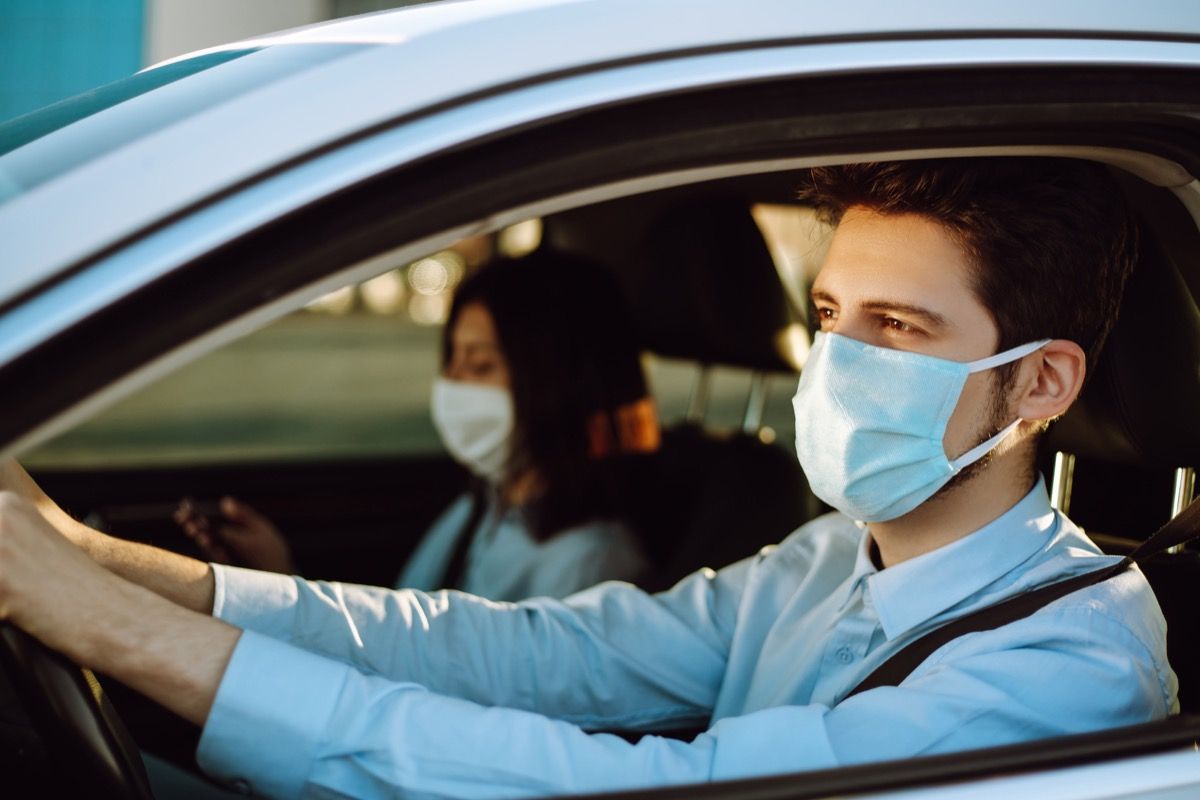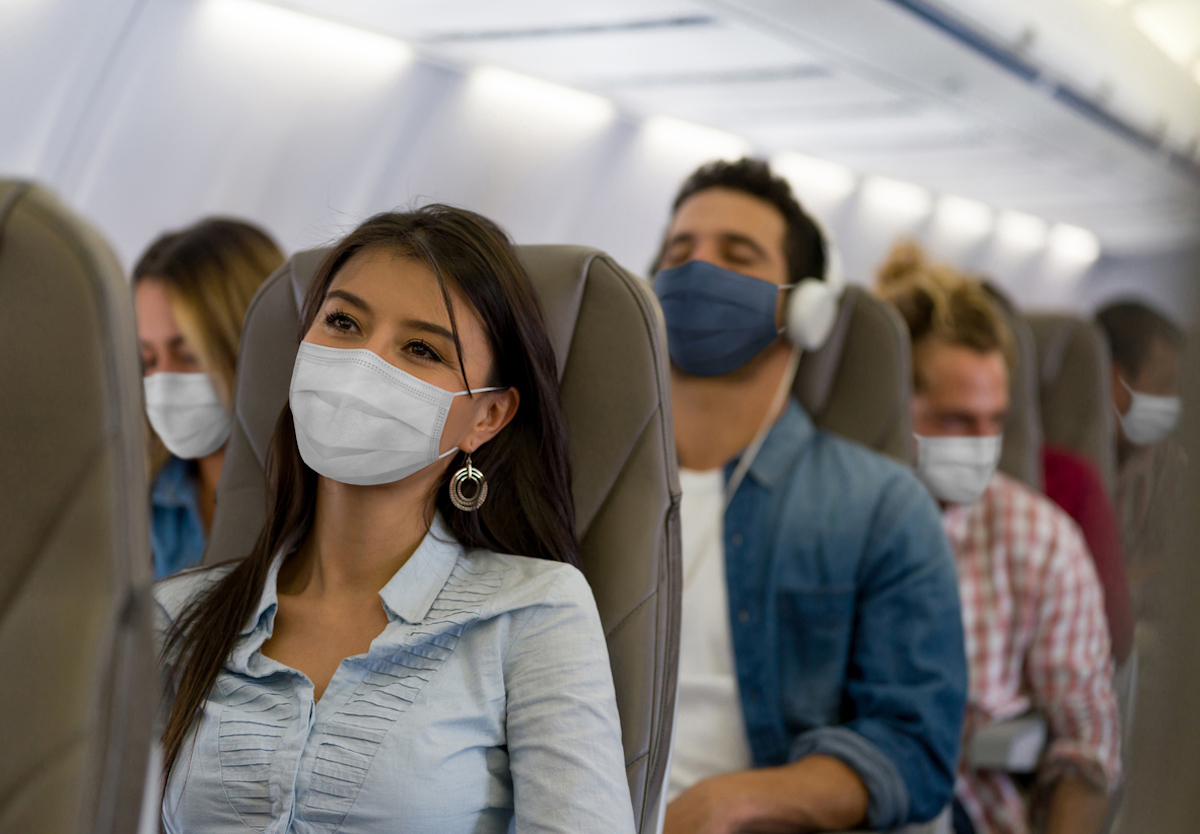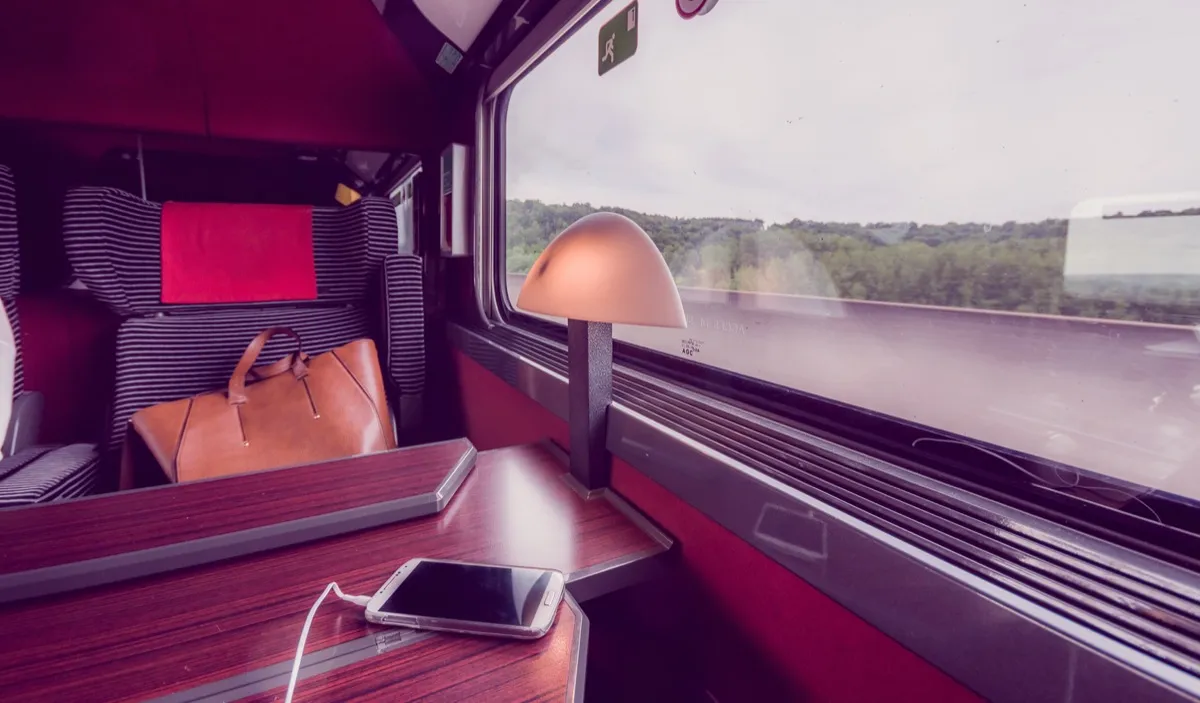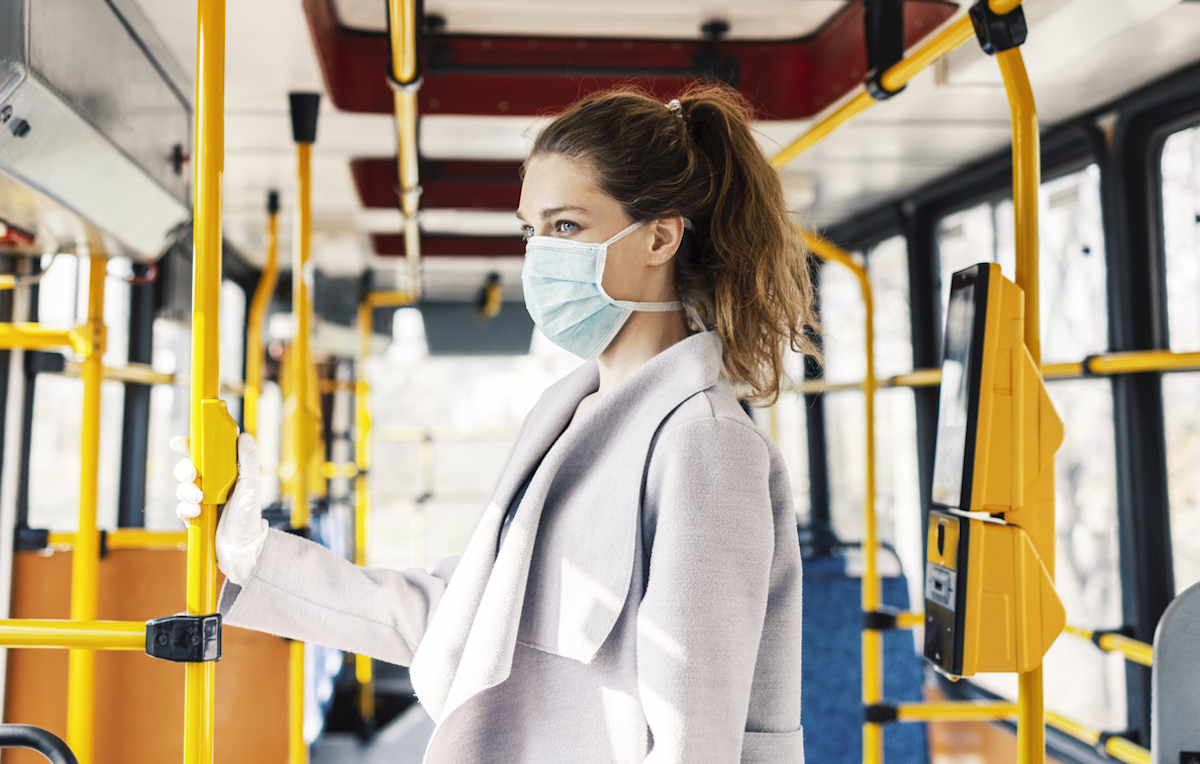According to a survey of epidemiologists and other health experts from Vox, anyone who is planning to go against the U.S. Center for Disease Control and Prevention’s (CDC) travel advisories is at a higher risk of catching or unknowingly spreading COVID-19. But a lengthy bus trip presents a unique problem in that it usually takes longer than other forms of travel, makes it difficult or impossible to socially distance, and is a more difficult environment in which to ensure passengers are following mask mandates than they are on other forms of transportation. “It might be harder on a longer ride to keep your mask on, and it’s probably not as enforced as it is on an airplane,” Amesh Adalja, MD, a physician and faculty member of the Johns Hopkins University Bloomberg School of Public Health’s department of environmental health and engineering, told Vox. While there’s not much research that has been done specifically on bus travel, one major study published in the journal JAMA Internal Medicine in September focused on a group in China that traveled in two buses to a Buddhist worship event held outdoors during the beginning of the pandemic before face mask use was mandated. The findings showed that one patient infected with COVID was able to pass the virus along to as many as 24 other passengers on one of the poorly ventilated vehicles, despite how far apart they were seated, while no coronavirus cases were found on the other bus. However, unlike the scenario in the study, scientists point out that the largest national bus company, Greyhound, has instituted a strict mask policy. They’re also using filtration systems onboard their coaches that don’t directly recirculate air within the cabin.ae0fcc31ae342fd3a1346ebb1f342fcb That being said, no risk is better than lower risk. “Given the rise in cases throughout many parts of the U.S., the best advice is to avoid travel at this time,” Krysia Lindan, MD, an epidemiologist at the University of California San Francisco, told Vox. Read on to see what else has been deemed dangerous about each form of travel, and for more on how pared down your parties should be this year, check out Dr. Fauci Says to Limit Your Holiday Celebrations to This Many People. Read the original article on Best Life. Even though they require more planning ahead of time to plot out where to stop to refuel, eat, or sleep, cars technically represent a safer way to get from point A to point B, thanks to how isolated you are from other travelers—so long as you only ride along with people from your household. “If you’re taking a road trip with a bunch of your friends, you’re more likely to be unmasked, and you’re less likely to distance,” Adalja told Vox. And for more on venues that could be as risky as traveling, check out Dr. Fauci Says These 2 Places Need to Close Right Now. There’s been conflicting data on just how risky flying is amid the coronavirus pandemic, especially since many studies conducted on the subject were undertaken before mask use became mandatory on most airlines. Still, while passengers have been removed for violating basic mask mandates, longer flights make it more likely that their mask will drop, and others warn that the actual process of getting to your seat on board presents a slew of dangers. This includes passing through security, standing in long lines with people who have come from different areas, and being forced to use a lot of high touch surfaces. This is especially true for high-risk flyers: 79-year-old Anthony Fauci, MD, told The New York Times recently that elderly people such as himself should avoid “flying in an airplane.” But it’s slightly different for young people: “If you’re a 25-year-old who has no underlying conditions, that’s much different,” he explained. And for more tips from the top immunologist, check out Dr. Fauci Says This One Thing Could Spread COVID More Than Anything Yet. Trains fall somewhere between flights and buses in terms of risk, according to Vox. While Amtrak has issued a mask mandate and is using a filtration system that changes the air within traveler cars 12 to 15 times every hour, trains also tend to have longer travel times and involve passing through crowds in busy transit hubs at both ends of the trip. And for more on the type of PPE you should be avoiding, check out This Type of Face Mask Isn’t Protecting You From COVID, WHO Warns. Similar to a crowded coach bus, city buses and subways can present issues for certain people—and can make even local travel relatively risky. This is especially true if mask mandates haven’t been enacted locally or aren’t being diligently enforced. “It depends on your individual circumstances. If you are someone who is in the highest risk category, as best as possible, don’t travel anywhere,” Fauci told The Times when asked his thoughts on taking public transportation. “If you go someplace, you have a car, you’re in your car by yourself, not getting on a crowded subway, not getting on a crowded bus.” And if you’re wondering if you’ve come down with the virus, check out This Strange Pain Could Be the First Sign You Have COVID, Study Says.



